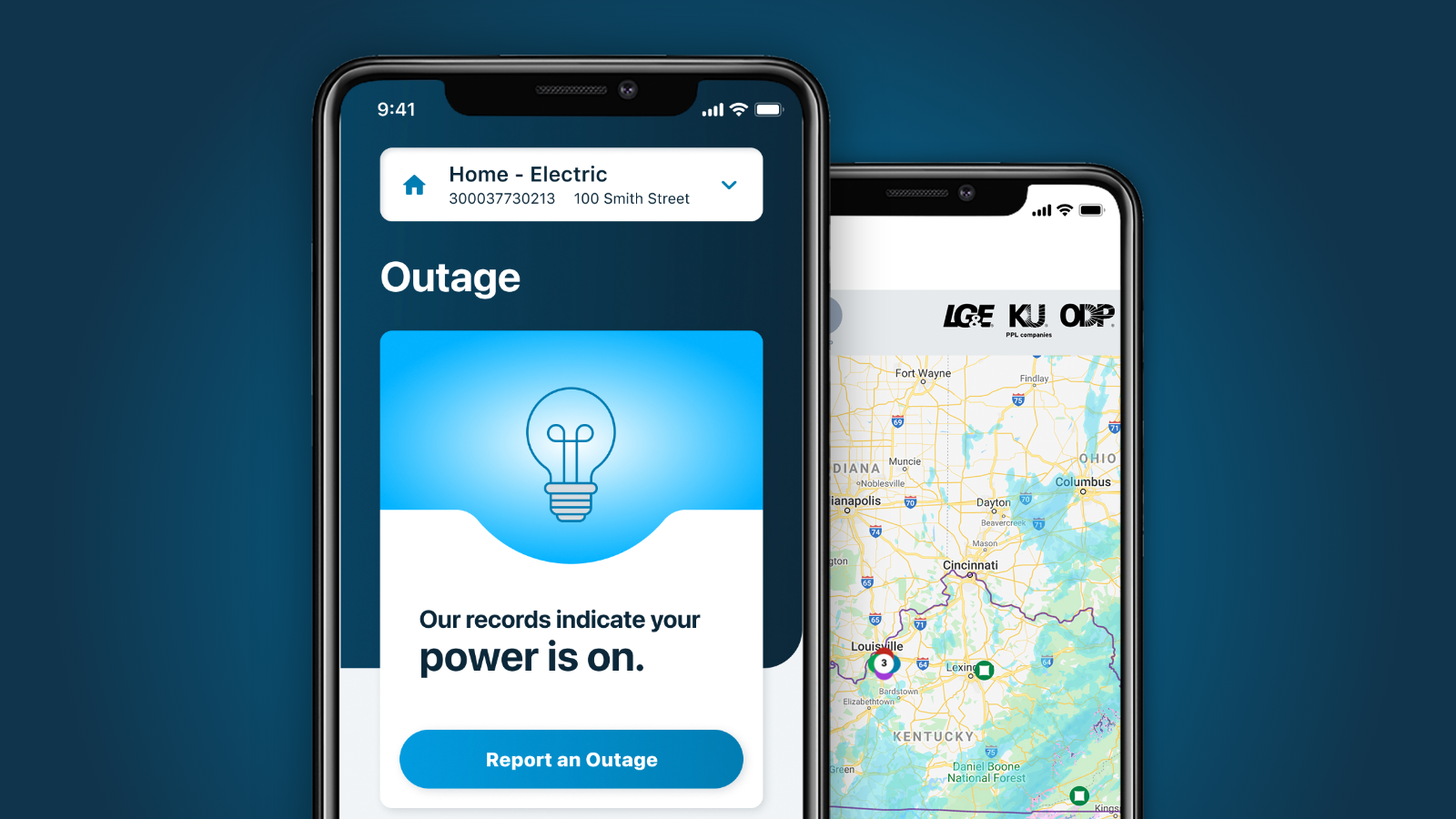Why is LG&E requesting a rate increase?
LG&E continues to make investments to meet environmental mandates issued by the U.S. Environmental Protection Agency. In order to maintain reliability and to meet the new EPA requirements, we are building a 640-megawatt natural gas combined-cycle unit, which was the least expensive solution. The new unit, which is being constructed at the Cane Run site, will provide energy with less emissions and help cover the loss of generation from the retirement of older coal plants.
Other improvements include, increased hydroelectric generation capacity at Ohio Falls and a potential solar generation facility.
Natural gas
LG&E also is making improvements in its natural gas system to continue to enhance the safety, reliability and capacity of the system. New compressor units have been added at the Magnolia Compressor Station and Center Gas Storage Field to give LG&E the ability to move additional natural gas to its customers. Enhancements for continued system reliability are taking place throughout the natural gas transmission system and at the city gates where LG&E receives natural gas from its natural gas transmission company partners.
How will the increase affect my LG&E bill?
Overall, LG&E is requesting an increase of $30 million in revenue, 2.7 percent, for its electric business, and an increase of $14 million in revenue, 4.2 percent, for its natural gas business.
For a residential customer using an average of 984 kWh per month the increase is expected to be $2.74 per month if approved. This is an increase of 9 cents per day.
For a residential natural gas customer using an average 57 Ccf per month the increase is expected to be $2.60 per month or 9 cents per day.
When will this take effect?
If approved by the KPSC, the rate adjustments will take effect in July 2015.
What can I do to offset the impact of these and any future rate increases?
Take steps to use energy more wisely:
Enroll in our Budget Payment Plan
- Helps reduce the seasonal ups and downs normally associated with utility bills.
- Spreads costs over a 12-month period, adjusted periodically to reflect actual usage.
What is LG&E doing to help those in need?
The company recognizes the impact of any rate increase, but we are especially concerned about those customers who struggle to pay their bills. LG&E remains committed to various efforts that support people in need, including:
You’re increasing my rate, so does that mean I’ll have fewer outages?
While storms and their severity impact reliability, overall electric reliability across the service territory has improved since 2009. Outages are occurring less often and, when they do occur, customers are without power for less time. This improvement is due, in large part, to circuit hardening and a proactive hazardous tree removal program.
Likewise, on the high-voltage transmission system, the company is in the midst of several major initiatives that will continue to enhance the safety and reliability of its system as well as the entire region. Those include projects such as a five-phase, line clearance project that spans 70 miles, a new substation and additional lines near Louisville.
How do LG&E's rates compare to the national average?
Across the U.S., the residential average cost per kilowatt-hour is 12.43 cents compared to LG&E’s average residential cost per kWh of 9.75 cents. If approved, that cost per kWh would be 10.50 cents, still below the national average.

